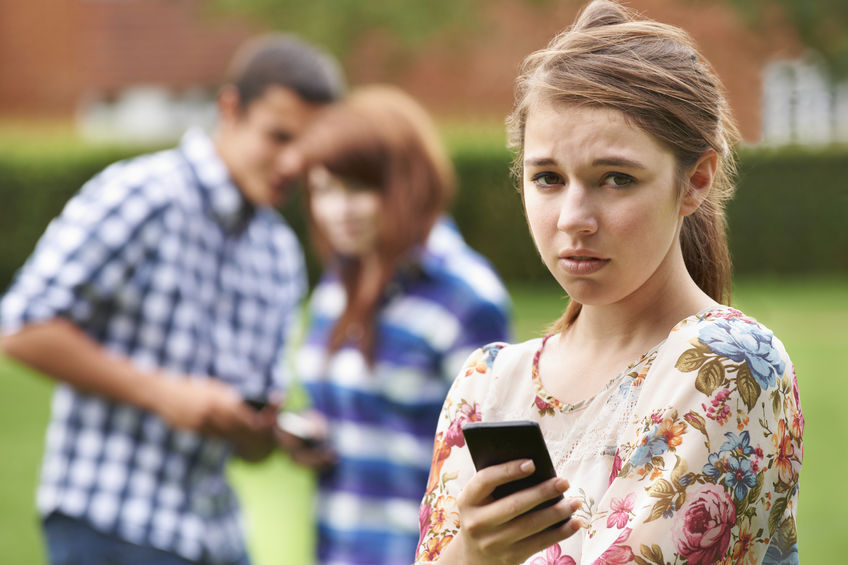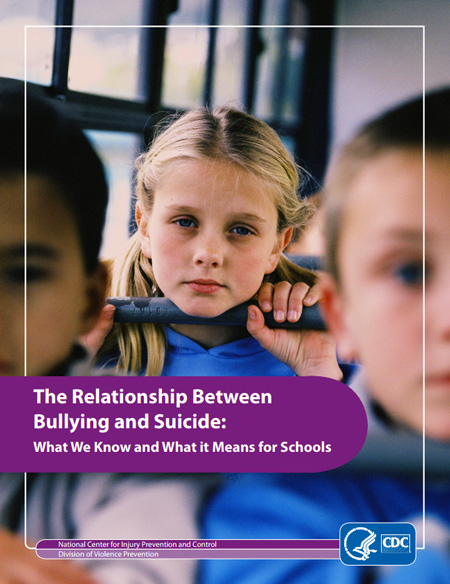Like it or not, school is starting. Kids are meeting new teachers, navigating new classrooms, and meeting new friends. Although lots of kids have good experiences at school, those experiences can sour when bullying occurs. According to stopbullying.gov, almost 30% of kids have experienced bullying. And 70% have seen bullying at school. [1] Bullying can have serious long-term effects on children, and can even lead to suicide.
Now’s the time to talk about bullying
As adults, it’s our job to talk to our children about bullying. One of the first things to do is define bullying. According to scholastic.com [2], bullying goes beyond just teasing:
“Teasing becomes bullying when it is repetitive or when there is a conscious intent to hurt another child,’ says Merle Froschl, Co-Director of Educational Equity Concepts, a non-profit organization that addresses issues of teasing and bullying. Bullying includes a range of behaviors, all of which result in an imbalance of power among children. It can be:
- Verbal: making threats, name-calling
- Psychological: excluding children, spreading rumors
- Physical: hitting, pushing, taking a child’s possessions”
In 2014, the Centers for Disease Control and Prevention (CDC) actually defined the first “federal uniform definition of bullying.” [1] The CDC says two modes of bullying can occur: direct bullying and indirect bullying.
Direct bullying occurs when the person who is being bullied is there. Indirect bullying is more about spreading rumors and communication when the person being bullied isn’t there. And under these two types of bullying, the CDC says bullying falls into four categories:
- Physical bullying
- Verbal bullying
- Relational bullying (harming the reputation or relationships of the child)
- Damage to property
How to help
So what do you do if your child is being bullied? Here are some tips from scholastic.com:
- Start by talking with your child. And make sure you’re available to chat about any problems or concerns your child wants to express. Be open, willing, and ready to talk.
- Try a role-playing situation where you help your child know how to respond to bullying or whom to talk to at school (e.g., teacher). Lots of schools have anti-bullying programs, rules, and procedures. They’re there for a reason, take advantage of the resources.
- Stay involved. If your child is being bullied, take extra care to ensure play-dates, after-school activities, and other social opportunities are supervised and safe.
- Encourage intervention. If your child sees another being bullying, work together to ensure your child knows he or she should do something to help. Doing nothing is part of the problem.
Here’s a great resource from the CDC on bullying and suicide prevention:
Resources:
- https://www.stopbullying.gov/media/facts/index.html
- http://www.scholastic.com/browse/article.jsp?id=1438%20
- https://www.cdc.gov/violenceprevention/pdf/bullying-suicide-translation-final-a.pdf


